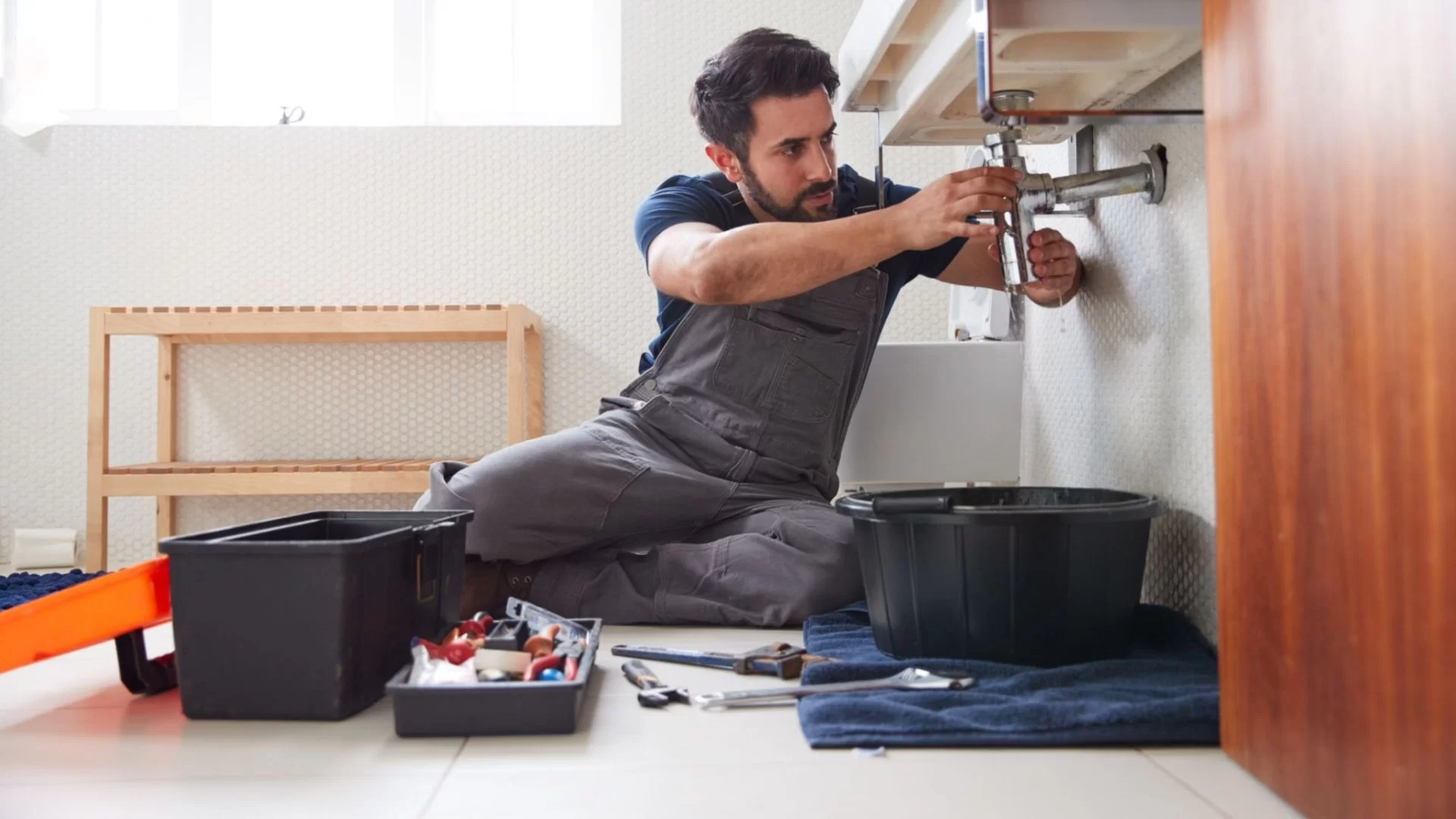Business
What You Need to Know About Strata Plumbing

Strata properties have a complex network of plumbing hidden from view in cavity walls, roof spaces or underfloor. It can be difficult to identify the source of damage and who is responsible for repairs.
Whether you are a lot owner or a plumber, understanding who is responsible for plumbing problems is critical. Once a problem is identified, the first step is to conduct a liability assessment.
Leaks
If you own a home or apartment within a strata scheme, it is important to know what plumbing issues are covered under your owner’s corporation and who you can report the problem to if you have to. Strata property water damage can cause major problems such as mould, dampness, structural damage and the loss of valuable items, furniture and equipment.
If there is a leak from a pipe or tap in your private apartment, you will need to contact a plumber or an emergency service and get the issue resolved as soon as possible. You should also notify the owner’s corporation and have them organise a liability assessment, as they may be liable to pay for this investigation.
Strata plumbing is a complex network of pipes, fittings and other accessories that distribute water in and out of common property buildings governed by a strata title. Strata properties usually do not have individual plumbing systems because such a design would be too costly.
The pipe network in a strata building is primarily used to supply water to the common areas, such as the gardens and carports. In some instances, it can supply water to the roof of the building.
When this happens, the owner’s corporation should investigate and seek legal advice to see if it is a common property issue or an individual lot owner’s responsibility. The owner’s corporation will usually pay for the repairs.
Leaks from the roof can cause serious damage to the inside of the home, including the internal walls and flooring. The damage can range from minor staining, discolouration, and streaks to a complete overhaul of the interiors and the cost of replacing the entire roof.
Mould and mildew can also form in a leaking roof. It can cause serious health problems for people living in the affected property, particularly those with respiratory conditions such as asthma.
Depending on the severity of the damage, the owner’s corporation and the lot owner may be liable to pay for the repairs. They will need to do this through an insurance company.
The strata title binds the property plans of private apartments to that of the common property. It is up to the owner’s corporation and the lot owner to ensure that all parties are informed about the extent of the damage. It is done through a liability assessment and will involve a lawyer, an engineering and building expert to establish the exact location of the damage, as well as who owns what part of the property.
Clogged Drains
A clogged drain can be a serious problem. Not only does it prevent water from flowing properly, but it can also lead to health problems that can be costly to resolve. If left untreated, a clogged drain can cause water quality to change, affecting the taste and smell of your drinking water. It can lead to health problems such as asthma or allergies and spread bacteria that can impact your respiratory system.
The first thing to remember is that clogged drains should not be handled on your own. If you do not know where to start or if your clog is too large to handle, it’s best to call a licensed plumber to fix it as soon as possible.
Strata property owners need to know where their responsibilities lie regarding a clogged drain because some issues are easier to resolve than others. For example, a clogged kitchen or bathroom drain is usually the lot owner’s responsibility. At the same time, a blockage in a common pipe that leads to a toilet will typically be the strata corporation’s responsibility.
It’s important to note that when it comes to a blockage in a common property pipe that leads to a toilet, the responsibility of the owner can be difficult to determine because the clog is located within the strata property, but the pipe leading to the toilet is also part of the plumbing system shared by the other owners.
If you notice that a clogged drain is part of the plumbing in your strata property, contact strata plumbing in Sydney as soon as possible to have the blockage removed. You can also call a plumber to inspect the situation.
A plumber will use a drain and sewer line camera to see what’s happening underground and what’s blocking the drain. The camera allows the plumber to identify the clog’s location, size and the kinds of materials plugging it up.
Once the plumber has identified what’s causing the clog, they can use various tools to remove it. These include high-definition drain and sewer line cameras, hydro jetting machines and manual drain snakes.
Once the clog has been removed, the plumber can check whether the underlying problem is still present, such as root intrusion or cracks in the pipe. If there is a problem, the plumber can then use special tools to clear the clog and repair any issues that may have occurred due to the clog. They can also help you identify any future issues that might occur due to the clog.For further information you can check https://hydrojettingprosnv.com/.
Harper Harrison is a reporter for The Hear UP. Harper got an internship at the NPR and worked as a reporter and producer. harper has also worked as a reporter for the Medium. Harper covers health and science for The Hear UP.










